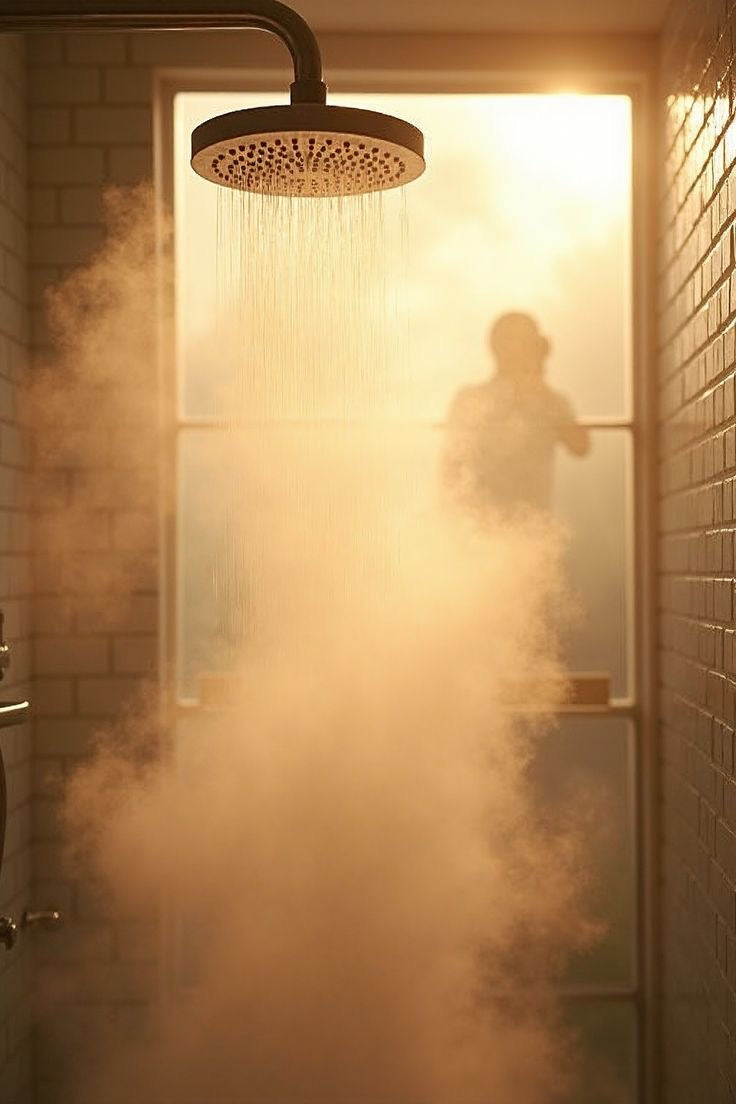Pregnant and craving a steam bath or Steam Room session? Short answer: best to skip it—your body’s working hard enough without the extra heat! Overheating can be risky for baby, especially early on. Want safer spa vibes and smart swaps? Keep reading—we've got you (and your bump) covered!

Is it Safe to Use a Steam Room While Pregnant?
The Primary Risks: Hyperthermia and Fetal Development
Understanding Hyperthermia and Its Effects on the Baby
Steam rooms and steam baths generate high temperatures and humidity, which can cause your core body temperature to rise quickly.
When you're pregnant, especially in the early stages, an elevated body temperature (called hyperthermia) can disrupt normal foetal development.
This may increase the risk of neural tube defects or even miscarriage.
The Crucial First Trimester: Why It's a "No"
The first trimester is when your baby's organs begin forming.
Any significant rise in body temperature during this time can interfere with crucial development stages.
For this reason, most health professionals advise against steam room use during the first trimester.
It's just not worth the risk.
Safety Precautions for the Second and Third Trimesters
Consult Your Doctor First
Before stepping into any steam bath or heat-based spa treatment, always consult your healthcare provider.
They’ll assess your individual situation and offer guidance based on your pregnancy stage and health history.
Limit Your Time (10–15 Minutes Max)
If your doctor gives you the go-ahead, keep sessions short.
No more than 10 to 15 minutes.
This helps reduce the risk of overheating while still letting you enjoy the benefits of steam.
Stay Hydrated
Sweating in a hot, humid environment can dehydrate you quickly.
Drink water before and after using the steam room, and consider bringing a bottle with you.
Listen to Your Body and Signs of Overheating
If you feel dizzy, nauseous, light-headed, or notice your heart rate rising, exit immediately.
Your body gives clear signals—don’t ignore them.
Comfort and safety should come first.
Steam Room vs. Other Heat Sources

Steam Room vs. Sauna
Steam rooms and saunas both raise your body temperature, but they do it differently.
Steam rooms use moist heat, while saunas provide dry heat.
Both carry similar risks during pregnancy, so neither is considered a safe bet without medical clearance.
What About Hot Tubs and Baths?
Hot tubs and very hot baths can also raise your core temperature to unsafe levels.
If you do take a bath, make sure the water isn’t hotter than 37.5°C (99.5°F).
Use a bath thermometer or test with your elbow—it should feel warm, not hot.
Safer Alternatives for Relaxation
Alternatives to Consider
Warm Baths
Warm (not hot) baths can soothe muscles and help you relax without the risks of a steam room.
Keep the temperature comfortable, and limit time to 15–20 minutes.
Prenatal Massage
A certified prenatal massage therapist can help ease tension, improve circulation, and support mental well-being.
Always ensure your therapist is trained in pregnancy-safe techniques.
Gentle Exercise (e.g., Prenatal Yoga)
Low-impact activities like prenatal yoga or walking are excellent for reducing stress and boosting energy.
They promote relaxation and flexibility while supporting a healthy pregnancy.
Takeaways
-
Steam room use during pregnancy is risky, especially in the first trimester.
-
Always check with your doctor before trying any heat-based treatment.
-
Limit exposure, stay hydrated, and know when to stop.
-
Prefer safer alternatives like warm baths, prenatal massage, and gentle exercise for relaxation.
Put safety first—your baby (and your body) will thank you!






